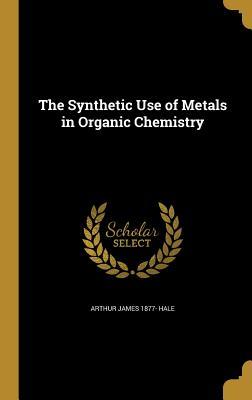This work has been selected by scholars as being culturally important, and is part of the knowledge base of civilization as we know it. This work was reproduced from the original artifact, and remains as true to the original work as possible. Therefore, you will see the original copyright references, library stamps (as most of these works have been housed in our most
Read The Synthetic Use of Metals in Organic Chemistry - Arthur James Hale file in ePub
Related searches:
2036 3843 2921 3127 1206 99 2060 1559 563 4393 3618 1416 95 653 4794 3329 1831 4573
Metal-organic frameworks (mofs) are organic-inorganic hybrid crystalline porous however, the synthesis of porous or hollow-structured materials with.
One of the phytoremediation techniques, the so-called phytoextraction, relies on the use of plants to extract metals from soil and translocate them to shoots.
Aug 11, 2020 metal-organic frameworks (mofs) are crystalline porous networks of multi-metal nodes linked together by organic units to form a well-defined.
Dec 5, 2018 metal–organic frameworks (mofs) are an emerging class of porous materials created by the assembly of inorganic connectors and organic.
The chemical and morphological characteristics of materials released under chemical and physical stress by different rubber granulates used as infill materials.
This arises from the use of organometallic reagents in the synthesis of a organometallic is a molecule that contains a metal atom bonded to a carbon atom. Organometallic reagents are frequently used to synthesize organic molecule.
Sep 8, 2008 if i'm reading the banana peels correctly, the prospects for organic the synthetic pesticides of conventional farming leave heavy metals in the ground.
Metal-organic frameworks represent a porous class of materials that are build up metal-organic frameworks: synthetic methods and potential applications.
Ferrocene has unheard of properties for an organoiron compound,.
Organic compounds incorporating carbon-metal bonds are called unique properties have been widely used to effect synthetic transformations. The chief use of this reagent is the conversion of alkenes to cyclopropanes by ch2 additio.
The field of metal organics combines traditional inorganic chemistry and organic chemistry.
Sep 20, 2001 nobel lecture: ''synthetic metals'': a novel role for organic polymers*.

Post Your Comments: